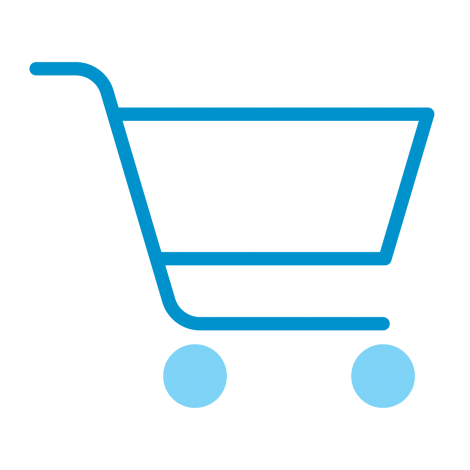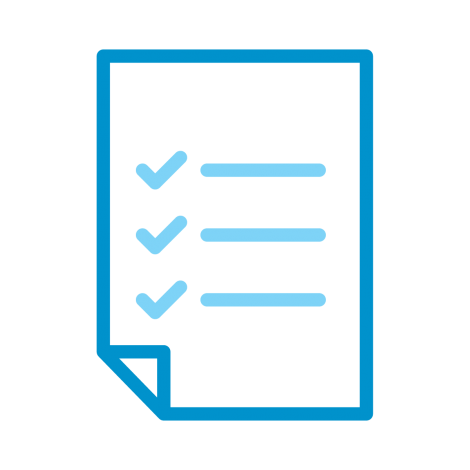With the high success rate of email marketing, internal teams are experiencing the strain of ever-increasing workloads. But there are solutions out there that can help reduce the load and better position your team to manage significant growth. One way to do this is to integrate an automated email workflow into your system.
Here are seven key types of workflows to get your organization started:

1. Onboarding
Also known as a welcome workflow, this series is meant to help you and your subscriber get to know each other. Welcome emails notoriously perform better than almost any other email campaign. During an onboarding series, businesses should provide incentives, educate subscribers about products or services, and/or ask for additional information about subscribers’ preferences or profile.

2. Abandoned cart
When a potential buyer adds products to their cart but doesn’t complete the checkout, it’s considered an abandoned cart This group of buyers has expressed interest in your products but may need a reminder or promotion to nudge them to purchase. As you implement an abandoned cart workflow, play around with both the timing as well as offering promotions to entice the buyer to come back to your website to complete the purchase.

3. Mixed-channel
Using multiple channels – emails, SMS messages, push notifications, and/or direct mail – to communicate a singular message to subscribers, marketers can weave together a cohesive campaign that reaches buyers across their winding journey.

4. Re-engagement
There are two key advantages to reengagement campaigns: they can increase engagement in non-engaged audiences, and they can help clean out subscribers who no longer want to engage. A successful re-engagement campaign will excite your subscriber, bring them back to your content, and drive action.

5. Sales support
Automating steps within the sales funnel takes repetitive tasks away from your sales team. This in turn gives them extra time to focus on connecting with key prospects rather than nurturing all leads. These workflows are most effective when marketing and sales work together to ensure messaging aligns with the sales process and reporting aligns with the marketing team’s goals.

6. Feedback/review
Wouldn’t it be great to know what your subscribers think about what you’re sending and how you’re doing? Automating feedback loops ensures asking for reviews doesn’t fall to the bottom of the to-do list. These workflows standardize the way feedback comes in, so your team is asking for feedback at the appropriate time.

7. Date-based workflow
Birthday emails and/or subscription reminders, help subscribers feel nurtured and informed. Automating these types of emails takes a lot of manual tracking and segmenting out of your team’s hands. Again, it eliminates the human element, so messages are directed to your subscriber at the perfect time. Because no one wants a belated birthday email.
Audit. Optimize. Repeat.
Though a benefit of automating emails is reducing overhead in the future, don’t assume you can set it and forget it. You also need to consider how often your workflows are revisited for auditing and optimization. Regularly scheduled workflow audits reveal whether your timing and content is still relevant. Though workflow content should aim to be relevant regardless of season or timeframe, there will always be shifts in the market or your business that necessitate change. Optimizing emails is a huge benefit of email automation. Because you can track analytics over time, it’s easier to A/B test content and see apples-to-apples comparisons of data that you can use to make decisions. Continuously optimizing email workflows leads to significantly improved results over time.
